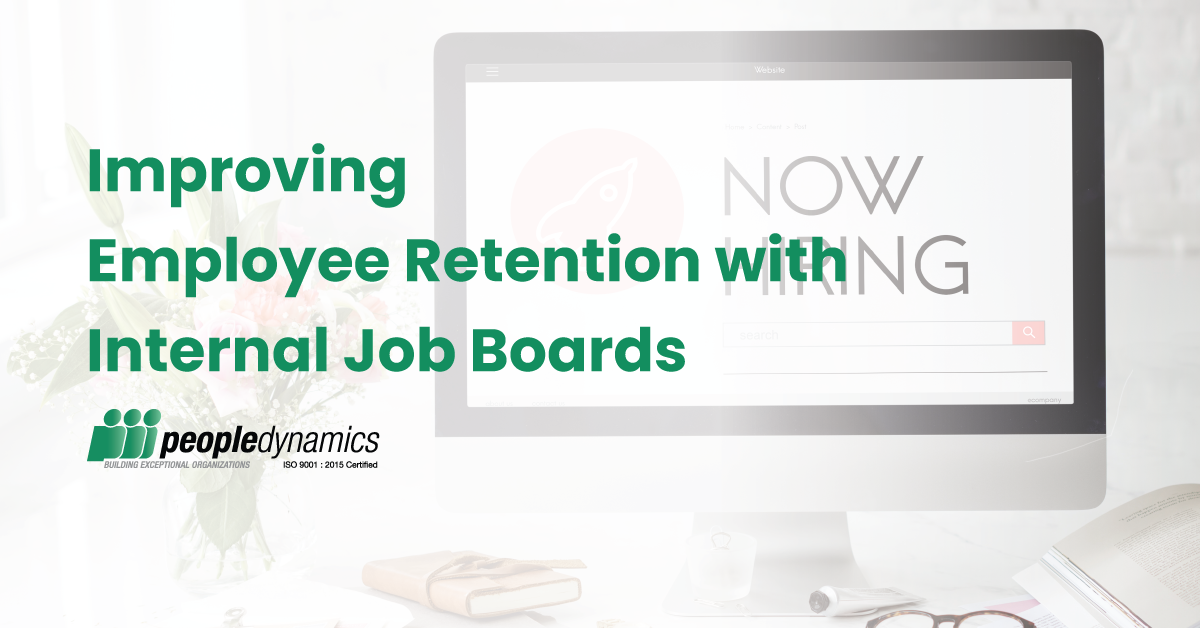A few decades ago, it wasn’t unheard of for an employee to start and end their career at the same company, having climbed the corporate ranks. Today, the average length of employment in the U.S. is just 4.1 years. People move into jobs not expecting to advance upwards, but to learn everything they can until a competitor offers them better pay, better perks, or more convenience.
Data from the U.S. Department of Labor also shows the duration of time spent in a company is on the decline by almost 0.1 years annually.
When talent moves on, it’s often due to the attraction of expensive recruitment programs that advertise more senior positions and desired perks. Employee turnover ends up costing thousands for companies who then need to recruit, hire, and replace the talent they lost.
The National Association of Colleges and Employers quoted around $7,000 in expenses and 24 days to fill the average college education-level role.
One innovative answer to reduce employee turnover comes in the form of internal job boards.
Implementing internal jobs boards alongside opportunities for training and coaching to take on senior roles can help you retain employees and better deliver what they’re looking for in their careers.
How to use internal job boards to keep talent in the company
Internal jobs boards help employees who aren’t happy where they are to move into new, better-suited roles based on their goals. Employees who shift departments often can be onboarded more quickly, as they’re already familiar with various aspects of the company.
Most importantly, these job boards help keep your employees happy within the company, so even if they’re no longer in the same role, you still maintain their knowledge and expertise.
Finding better job fit
Different employees have different ambitions for their careers. Some want a healthy balance between work and life, while others want more senior positions and greater responsibilities. Sharing an internal jobs board enables them to move into roles that are more suited to their desires and remain in the company. These job boards can ultimately help your employees find the best job fit for them.
Switching career trajectory
Sometimes, an employee may want a change from the career they’ve built so far. Often, many of the responsibilities and traits used in a successful role can be translated to another, such as good communication skills.
By providing career change opportunities, including upward and horizontal movement within the company, organizations can retain employees, hone internal talent, and save thousands in recruitment costs.
However, this requires organizations to invest in professional development and expand opportunities for employees to gain the experience necessary to manage a team or take over a department. While that does cost in the short term, it prevents larger expenses in the long term by sourcing senior talent internally.
Diversification of skills
Many people upon graduating from college take whatever job they can get. Often, that role isn’t ideal or doesn’t align with their degree. They might not even know what the job requires. For that reason, it’s increasingly common to allow new hires to move around and experience different roles.
Many teams also set up opportunities to coach and pass on specific skills (for example, having someone with a specific skill set in the organization spend two days a week with a novice to share that knowledge and diversify their skills). This gives new hires more choice in where they want to be in the company while removing a potentially disastrous bottleneck in case a senior individual quits or calls in sick.
Because most organizations have several positions where one person specializes in a domain of essential knowledge, these kinds of opportunities are easy to set up. They allow employees to experience different roles, take on new tasks, and broaden their overall experience, all of which benefit both the individual and the organization.
Add employee development
Integrating development programs and coaching into your business shows employees you’re willing to invest in their long-term growth. Matching that with jobs boards allows employees to decide where they’d like to be, and then work to gain the skills and experience necessary to take on that role.
Internal development can include opportunities to learn new frameworks and code languages, build communication skills, or even workshops for new tools. People like to push themselves and learn new things so they can grow. If you offer chances to help them achieve this, they’re less likely to become bored and will instead add value to the organization with new skills and knowledge.
That’s even more important when you work with legacy tools and software that might soon become irrelevant. If you have people who manage those, their jobs could be at risk when you upgrade. With professional development, however, they’re able to move and adapt to alternative positions. It also prevents people from feeling stagnant. Introducing development opportunities means they can stay in the organization, learn the next generation of tooling, and continue to add value in new ways. That fosters loyalty because it shows people you’re committed to them and their growth.
Build a culture of internal promotions
In many organizations, internal talent is the best option to fill a leadership pipeline. It’s cheaper and lets people cultivate the skills, experience, and relationships needed to succeed in their new roles.
When you promote someone to a leadership role from inside your organization, they already know the company, how things operate, and what can or can’t be changed. That’s extremely valuable for changes in management and inspiring loyalty through growth.
However, internal promotion isn’t always the right choice; sometimes external hires can add more value. Most of the time though, the factors to make someone successful already exist within your organization. And, by offering opportunities for upward movement, you ensure your ambitious talent stays close to home because they know they have room to grow.
Showcasing a history of internal promotions also encourages your employees to monitor your internal jobs boards regularly for new and exciting opportunities.
Wrapping up: Use internal job boards to retain and develop top talent
Making progression opportunities visible, offering coaching, and ensuring people can work towards the roles they want will help increase your employee retention.
Internal jobs boards are a simple way to advertise roles internally and externally. You should offer your employees a one-week lead on applying for a role. Or, you could include it in your company newsletter. If people know they can talk to HR about switching roles, sometimes they will of their own volition. That often leads to people leaving junior and easy-to-fill roles for intermediate and senior positions that would cost you more time and more money to hire for.




